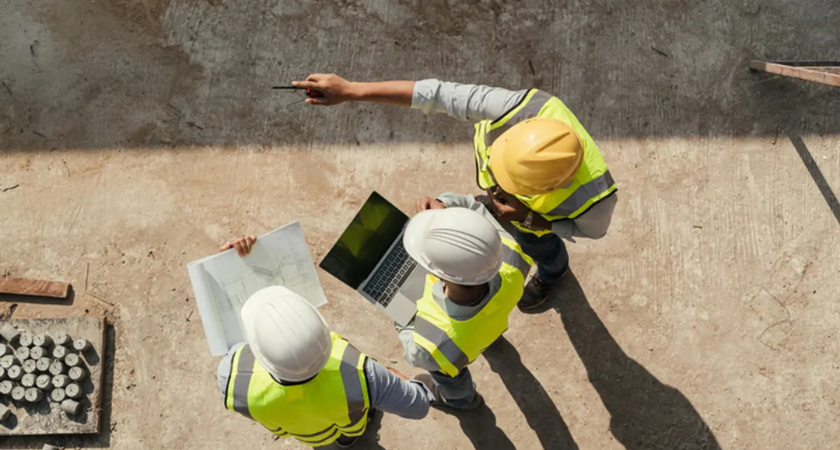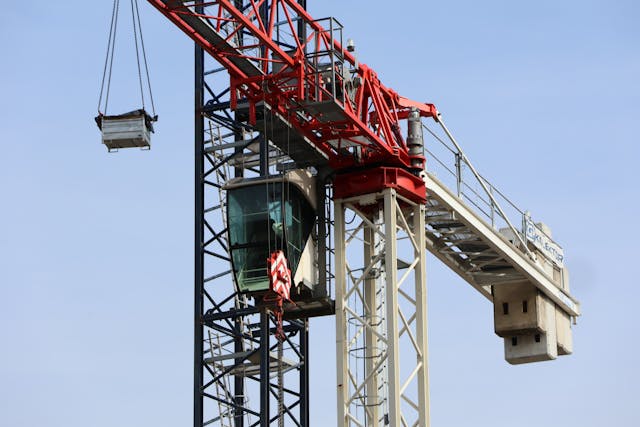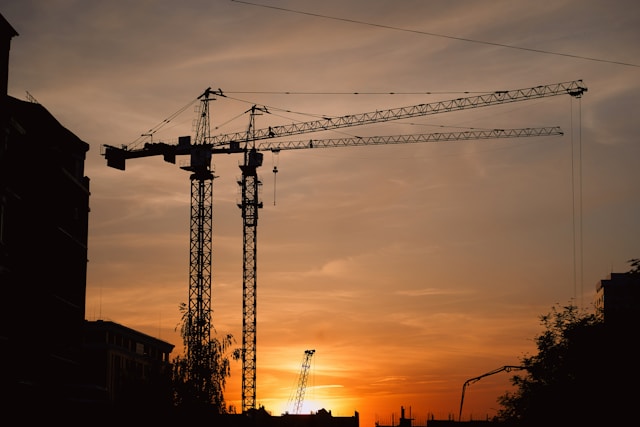
Construction firms across the U.S. are leaning into artificial intelligence — but not to overhaul how they build. Instead, most are turning to the technology to improve day-to-day operations and productivity, according to BuiltWorlds’ 2025 Annual AI Benchmarking Report.

The Chicago-based research firm’s latest findings reveal that while the appetite for AI in construction is strong, its adoption remains cautious and incremental. Nearly two-thirds of respondents rated their company’s AI adoption maturity as “average,” while 22% described it as “above average.” Only a handful said they had not yet made AI a strategic priority.
When asked whether AI was a core strategic focus, 35% of respondents said they were still in the exploratory stage — intrigued by AI’s potential but not yet fully committed to integrating it companywide. Another 4% admitted, “No, AI is currently not a core strategic focus for us.”
BuiltWorlds based its report on survey responses from 53 individuals across 30 organizations, most of which — about 82% — were general contractors. Roughly 40% of the firms surveyed reported generating more than $5 billion in annual revenue, reflecting strong participation from some of the industry’s largest players.
The findings make clear that construction leaders view AI as a means to strengthen their existing operations — not to completely reinvent their business models. According to the report, nearly all respondents listed “improving operational efficiency and productivity” as their primary motivation for adopting AI.
Rather than investing in experimental or “moonshot” AI applications, firms are using the technology to fine-tune scheduling, streamline document control, improve forecasting accuracy, and reduce rework on job sites.
“With that in mind, the report flags that companies are using AI to strengthen core business functions rather than pursue cutting-edge innovation,” BuiltWorlds noted.
Still, not everyone is convinced the transition will be seamless. Contractors cited a familiar list of obstacles — 62% pointed to “concerns about data privacy and security,” 58% reported a “lack of internal expertise or skilled personnel,” and 56% highlighted “limited availability or quality of data.”
Despite these barriers, enthusiasm across the sector remains high. “It’s important to note that these challenges likely stem from the technology’s relative immaturity and the industry’s historical resistance to widespread innovation,” said Audrey Lynch, BuiltWorlds’ director of research and the report’s author.
Lynch also told Construction Dive that companies with more than $5 billion in annual revenue were 45% more likely to describe their AI maturity as “above average” compared to smaller firms. That finding suggests that larger contractors have more resources to test and scale AI tools — a divide that could shape competitive advantages in the coming years.

Some of the biggest names in construction are already experimenting with proprietary AI solutions. Swedish-based Skanska has rolled out its Safety Sidekick platform, which integrates its Environmental Health and Safety Manual, OSHA construction standards, and other documentation into one centralized AI-assisted tool. Meanwhile, Granite Construction launched Asphalt Guru, a system that helps its paving crews learn faster by aggregating training materials, Department of Transportation standards, and safety guidelines.
These examples underscore a broader shift within construction — one that focuses less on replacing workers and more on empowering teams with intelligent systems that make data accessible and decisions faster.
“Builders’ enthusiasm for AI is high,” Lynch said, noting that only 2% of survey participants described themselves as “skeptical” of the technology.
The report adds to a growing body of evidence that, while optimism for AI’s potential is widespread, adoption remains uneven. Smaller contractors, often limited by budget constraints or IT infrastructure, tend to lag behind industry giants who can afford to pilot AI-driven scheduling tools, project analytics, or predictive maintenance systems.
In addition to efficiency, safety remains one of the top use cases for construction AI. Emerging tools now allow site managers to detect unsafe conditions through image recognition, analyze near-miss reports, and track equipment usage in real time.
As the technology matures, BuiltWorlds expects adoption to accelerate, particularly as vendors develop more construction-specific applications and workforce familiarity grows.
“AI won’t replace builders,” Lynch added in her analysis, “but builders who understand AI will have a powerful advantage.”
Originally reported by Matthew Thibault in Construction Dive.